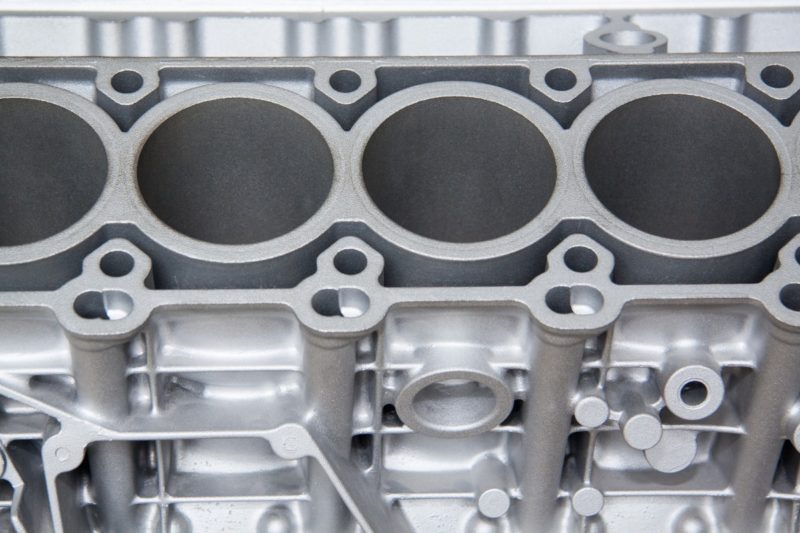Do you want to know what is a crankcase heater? No more worries, you have arrived at the right place. The crankcase heater seems to be an electronic component of an air-conditioning, water heater, or refrigeration system’s compressors. So if the unit is not functioning, a crankcase heater is generally active. However, probes and control positions may shut it off if not required.
The main objective of a crankcase heater would be to avoid refrigerant evacuation and combining with crankcase lubricant whenever the unit is turned off, as well as to prevent refrigerant condensing in the compressor’s crankcase.
A crankcase heater retains the refrigerant once at a greater temperature than just the system’s most extraordinary portion. As it turns the power source into heat through electrical resistance, a crankcase heater will have the same electrical sign as a resistance; continue to read to learn more about the crankcase heaters.
Crankcase Heater; Working Principle
The compressor generates sufficient heat to avoid refrigerant evacuation while operating. The most remarkable section of the system is where liquid refrigerant migrates, also known as the compressor. This refrigerant travels towards the compressor crankcase and is drawn to the lubricant. During the off-cycle, the refrigerant vapor consolidates and becomes a fluid. The fluid is light on another compressor starting, washing the bearing out, resulting in lockable, freezing, or wholly burned compressors. The temperature is monitored at three locations: the compressor, the interior coil, and the outside.
The perceived temperatures were assessed, and the crankcase heater was activated if a compressor temperature would not be a defined percentage more remarkable than the lowest of all the other sensed temperatures. A crankcase heater is de-energized whenever the compressor temperature reaches or exceeds a certain threshold well above the lowest of the two different values.
Crankcase heat has been a frequent issue with cooling systems using R-22 for a long time. For the winter, the householder frequently disconnects the outside condensing unit left the compressors without crankcase warmth. If the householder activates the unit without setting aside time for the heat to evaporate the refrigerant out of the oil, the compressor is likely damaged.
As quickly as the compressor begins to spin, the crankcase volume decreases. When the refrigerant heats, the oil foams up, both oil and refrigerant are pushed outside the compressor. Corrosion to valves and bearings is possible, as well as the compressor may have to run on a low oil load till it comes to a crankcase first from evaporation. Cooling compressors usually run all year or do not have such periodic downtime. However, if they are turned off for an extended time, the scenario described above happens. Therefore, crankcase heating is likely to become widespread. These working principles of crankcase also help you to understand what is a crankcase heater.
Uses Of Crankcase Heater
The Crankcase heater is often used to keep refrigerant from flowing backward into the compressor or combining well with oil inside the system. Because the oil within the compressor starts to cool even during off-cycle, this is particularly troubling if the compressor is employed in a lower air temp. Because of the pressure change between itself and the evaporated refrigerant in the loop, chilled oil does have a stronger propensity for attracting refrigerant whenever the compressor starts the next round, the lubricant linked to the refrigerant streams out from the compressor towards the reservoir, allowing less oil to lube the compressor efficiently.
This compressor may then fail either immediately or later. Crankcase Heaters from Specific Systems are made with a highly corrosive and water exterior, frequencies up to 600 voltages with minimal energy usage, and high-temperature rubber components with isolated wires. Every heater is made to suit and work with a specific compressor. Liquid oil was maintained up to 30°F hotter than the system temperature due to the heater’s construction, encouraging refrigerant to stay in the appropriate area.
What Kind Of Problems Crankcase Heater Can Resolve?
A crankcase heater can solve various problems, and people are unaware of crankcase heaters. This article will help you learn about the issues easily solved by a crankcase heater. The below-mentioned problems occur and will be translated by crankcase heater.
#1. Migration of liquid refrigerant
The movement of refrigerant vapor to the compressor is a common phenomenon in refrigeration systems. The difference in vapor pressures between two fluids accounts for oil’s strong attraction to the refrigerant. The extent and intensity of refrigerant vapor movement are determined by various factors, notably refrigerant & lubricant charge, downtime intervals duration, and, most importantly, the temperature differential among crankcase oil and the remainder of the system. The refrigerant is rapidly absorbed and much more comprehensively. As such, the temperature of the oil decreases.
#2. Slugging of oil
Oil slugging happens when refrigerant and oil combine and the compressor begins: the combination foams aggressively, and most or all of its oil load is blasted out. Damaged valves, fractured axles, and burst head gasket might ensue when the compressors attempt to circulate the liquid, something it’s never been built for.
#3. The compressor failure
The oil collection is usually placed at the base of most compressors. It is then lubricated and sent to the cylinders and bearings. The combination segregates when refrigerant migrates into the oil, and the refrigerant sits at the base. The dirty oil, which was initially designed for lubricating, is no longer capable of doing its duty. Instead, the refrigerant’s corrosive qualities are harmful, leading to compressor breakdown. Here’s why compressors fail.
It’s A Wrap!
We are delighted to know that you have learned about what is a crankcase heater. This heater works for the compressor and plays a vital role in compressor functioning systems. All related things with crankcase heaters are mentioned above for a better understanding of crankcase heaters. Thank you, friends, for sticking with us!
You may also want to read about how to install electric baseboard heater and how to clean a wall heater.

